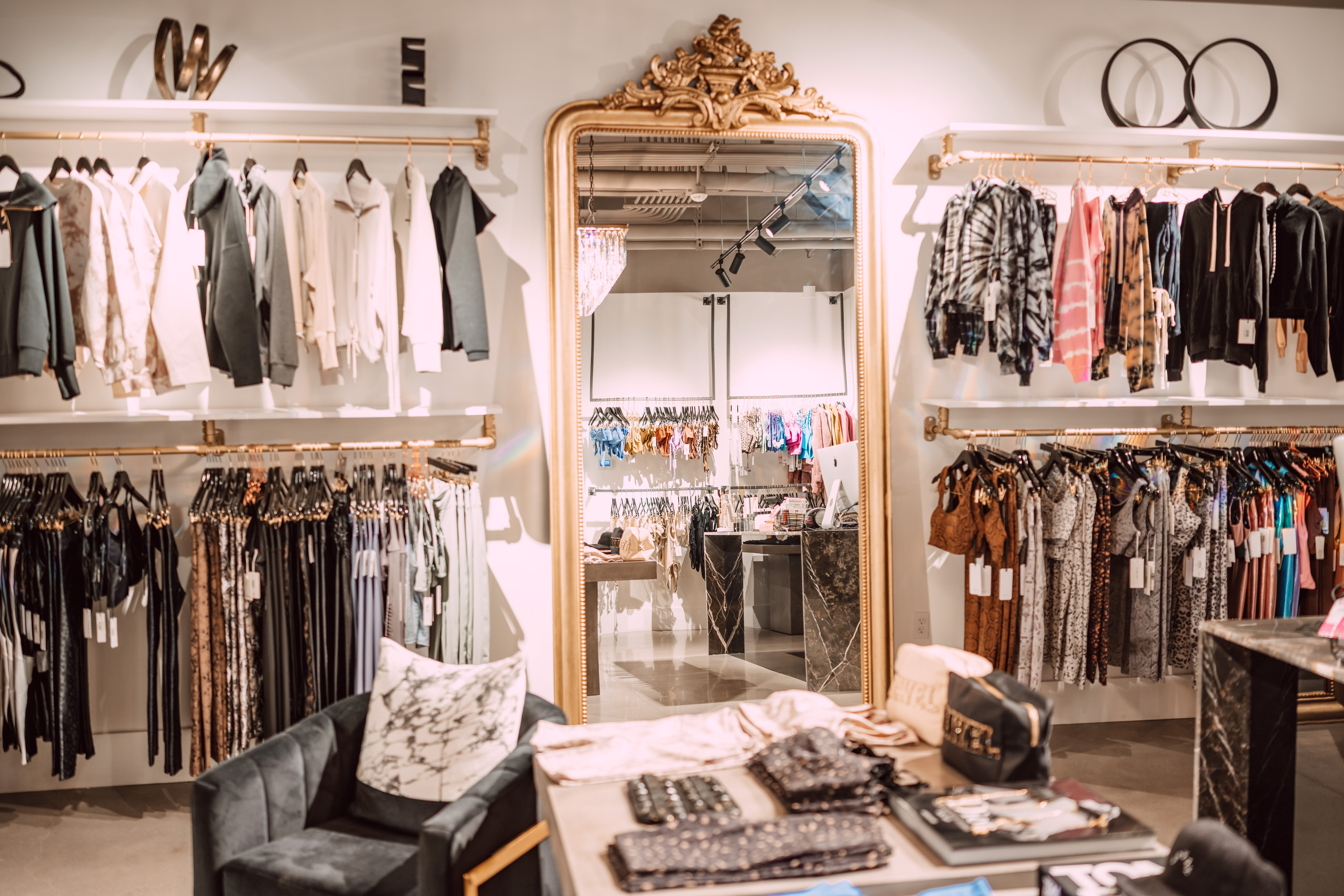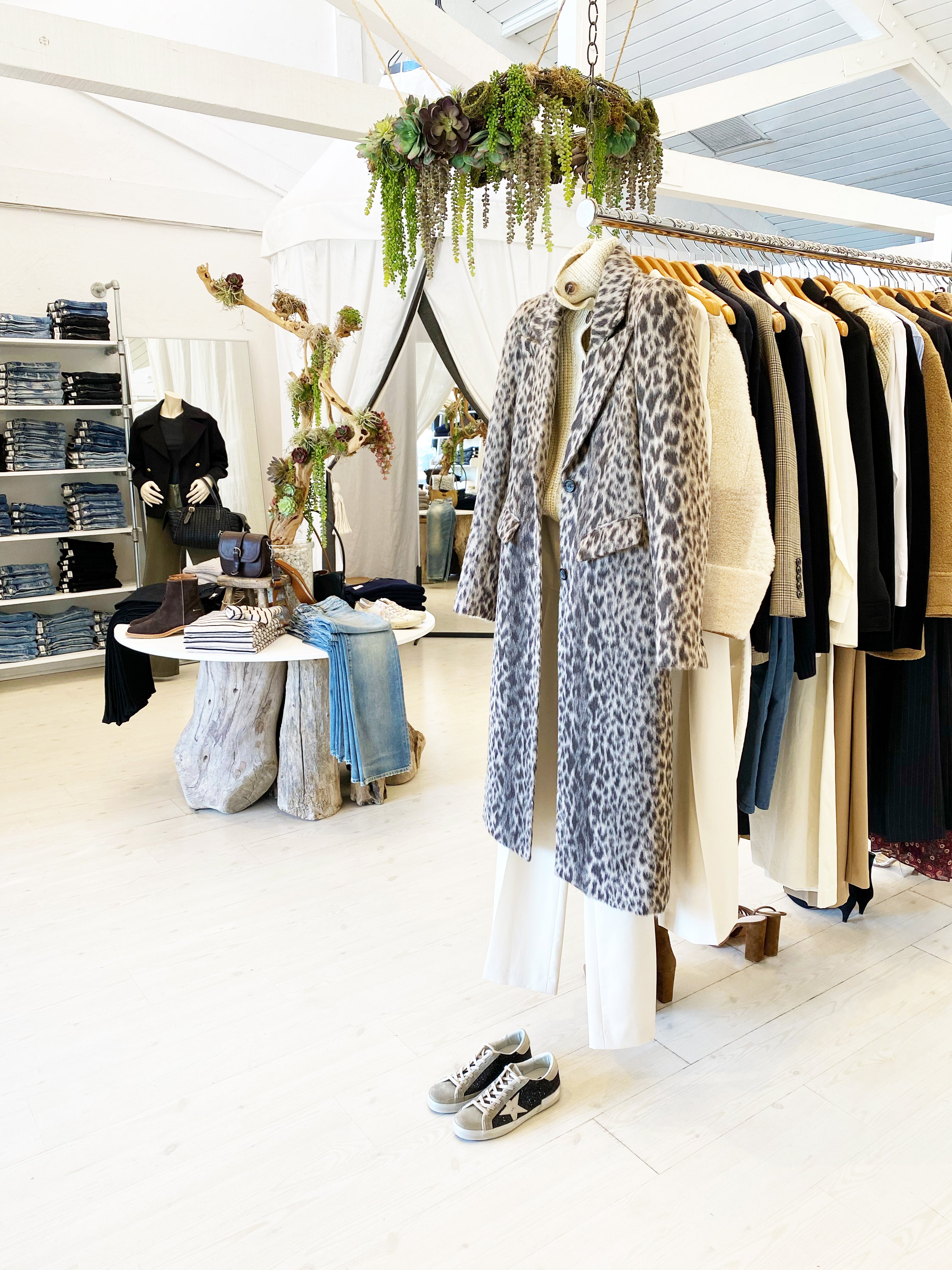A Deep Dive Into the Globe of High-Fashion Runways: Understanding Clothes as Art
High-fashion paths have actually become arenas where clothes transcends its utilitarian beginnings, evolving right into an innovative type of imaginative expression. Designers, similar to masterful artists, weave elaborate narratives with form, shade, and textile, redefining and testing standard norms charm requirements. These shows are greater than mere display screens; they are immersive experiences, where every stitch and joint informs a tale rich with cultural significance and progressive technology. As we discover these sartorial eyeglasses, we must ponder: what function does fashion play fit social worths, and how does it reflect the ever-changing tapestry of human feeling and identification?
The Evolution of Runway Shows
The trajectory of path shows has actually changed significantly over the years, evolving from special industry events to exciting spectacles that mix fashion with art. Commonly, runway programs made love events, held in ateliers or tiny venues, mostly attended by purchasers and sector insiders. These early discussions concentrated on the garments' craftsmanship and business viability, using a straight and useful display of seasonal collections.
As the style industry expanded, the nature of runway programs started to transform. The 1970s and 1980s noted a transforming factor, with developers looking for to identify themselves via even more theatrical discussions.
Over the last few years, modern technology and social media have even more reinvented path programs, making them accessible to an international target market. Livestreaming and electronic platforms have democratized fashion, allowing lovers worldwide to witness these occasions in real-time (boutique fashion). This development shows a more comprehensive social shift, where high-fashion runways serve as a dynamic crossway of style, innovation, and efficiency
Designers as Visionary Artists
Designers in the high-fashion industry have obscured the lines between useful garment development and the theoretical realm of art. By welcoming creative techniques such as sculpture, painting, and progressive installations, developers craft garments that test conventional style norms and boost them to art forms.
Visionary designers attract inspiration from a myriad of resources, consisting of abstract art, historical recommendations, and individual narratives. They possess an unique capability to visualize and emerge concepts that push the limits of standard style, commonly redefining visual paradigms in the procedure. This imaginative ingenuity is showcased through dramatic silhouettes, ingenious products, and detailed craftsmanship, which invite audiences to experience style as even more than simply wearable items.
Furthermore, the path functions as a canvas for these artists, where lighting, music, and established layout coalesce to develop immersive experiences. These presentations are not simply screens of apparel however are coordinated performances that evoke emotion and provoke thought, verifying the developer's duty as a real artist in the contemporary cultural landscape.
Cultural Influences in Fashion
Cultural tapestry weaves its elaborate patterns into the material of fashion, influencing designers around the world. The vibrant interchange of social tales, practices, and icons educates and motivates collections that poise high-fashion paths. Designers thoroughly attract from their heritage or involve with cultures distinct from their own, crafting garments that function as aesthetic stories. This social discussion not just enhances the aesthetic diversity but also fosters a much deeper understanding website link and recognition of a fantastic read worldwide identities.
The influence of culture on fashion is usually seen in the reinterpretation of standard garments and patterns. For example, using Japanese bathrobes, Indian saris, or African prints in modern fashion mirrors a mix of social credibility and modern aesthetics. Developers such as Valentino's Pierpaolo Piccioli and Alexander McQueen's Sarah Burton have been understood to integrate rich social concepts into their couture collections, equating history into wearable art.

Innovation in Textile and Style
Development in fabric and layout continually improves the landscape of high-fashion, pushing borders and redefining opportunities. Developers are increasingly checking out the assimilation of modern technology, such as 3D printing, which permits for the creation of intricate structures that were previously unimaginable.
Moreover, sustainability has actually become a crucial style in fabric development. The style market is experiencing a rise in making use of environmentally friendly materials, stemmed from recycled plastics, organic fibers, and even check biodegradable parts. These advancements not only use brand-new structures and looks however also address vital environmental worries. Developers are embracing these materials to craft garments that are both aware and aesthetically striking of their environmental footprint.
In terms of layout, progressive silhouettes and experimental types are continuously changing the runway. By including advanced strategies and unconventional products, developers cultivate garments that blur the line between fashion and art, establishing brand-new requirements for creative thinking and expression in the high-fashion round.
Impact of Style on Society
Fashion wields an extensive influence on culture, offering as both a reflection of cultural identification and a stimulant for social adjustment. Through its advancement, style has actually mirrored societal shifts, encapsulating the zeitgeist of numerous eras. The flapper outfits of the 1920s symbolized a newfound sense of females's freedom, while the bold prints of the 1960s resembled the revolutionary spirit of the time. High-fashion runways, in specific, act as platforms for difficult standards and redefining charm requirements. Designers make use of these locations to attend to pressing social problems, from sustainability to variety, thus shaping public discussion.
In addition, fashion has the power to bridge social spaces, cultivating understanding and admiration amongst varied groups. As globalisation accelerates, the cross-cultural exchange of style ideas comes to be increasingly significant, promoting inclusivity and variety. The rise of streetwear, stemming from urban subcultures, shows how fashion can transcend socio-economic boundaries, approving people a means of self-expression and empowerment.
Essentially, style is not merely regarding appearances; it is a vibrant pressure that affects values, attitudes, and social progression (boutique fashion). By continuously connecting with social and social currents, style remains an integral component of the collective human experience

Final Thought
Developers, comparable to visionary artists, orchestrate collections that reflect identification, feeling, and cultural narratives, testing standard appearances. This junction of fashion and artistry not just mesmerizes audiences globally however also affects social understandings and promotes a much deeper gratitude for cultural variety.

Social tapestry weaves its intricate patterns into the material of style, affecting designers internationally.Style wields a profound influence on culture, offering as both a representation of social identity and a driver for social modification.